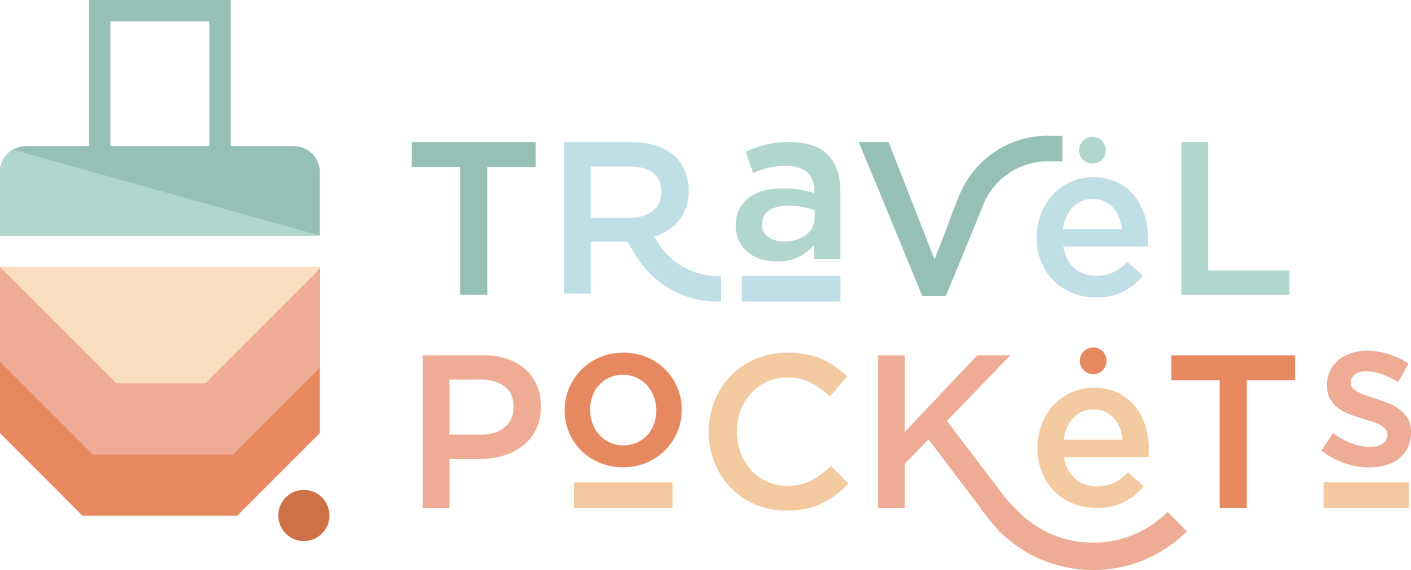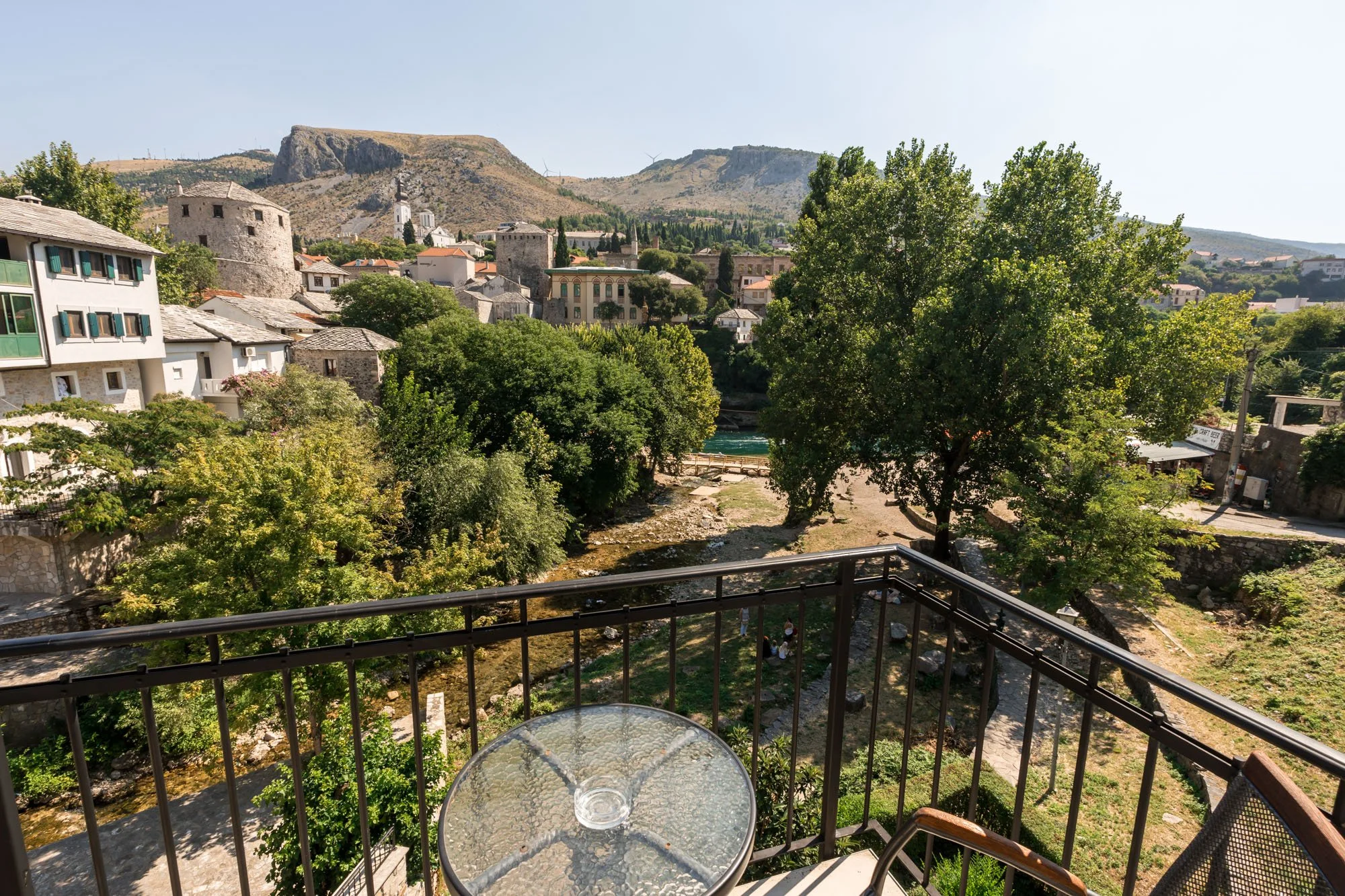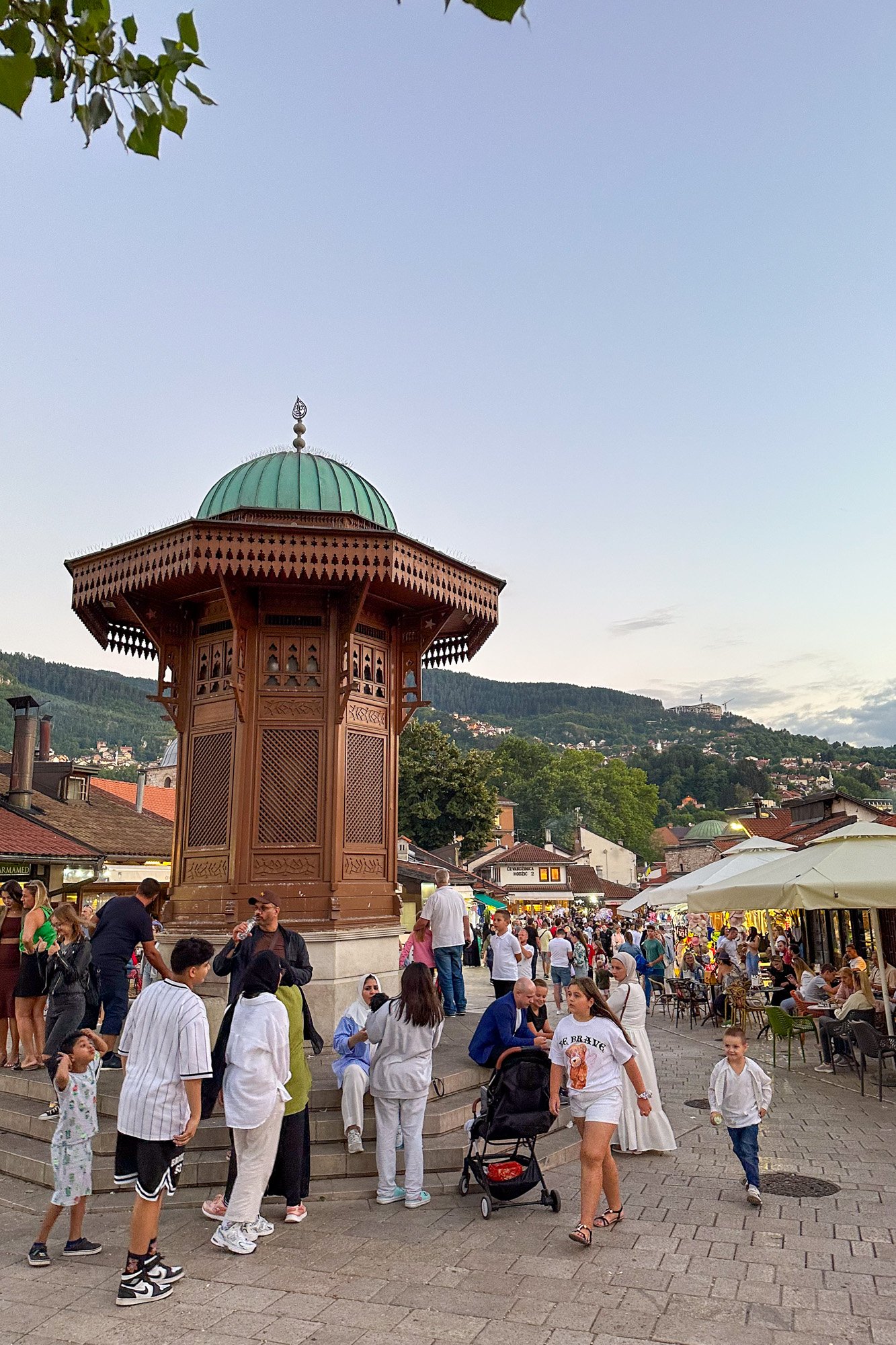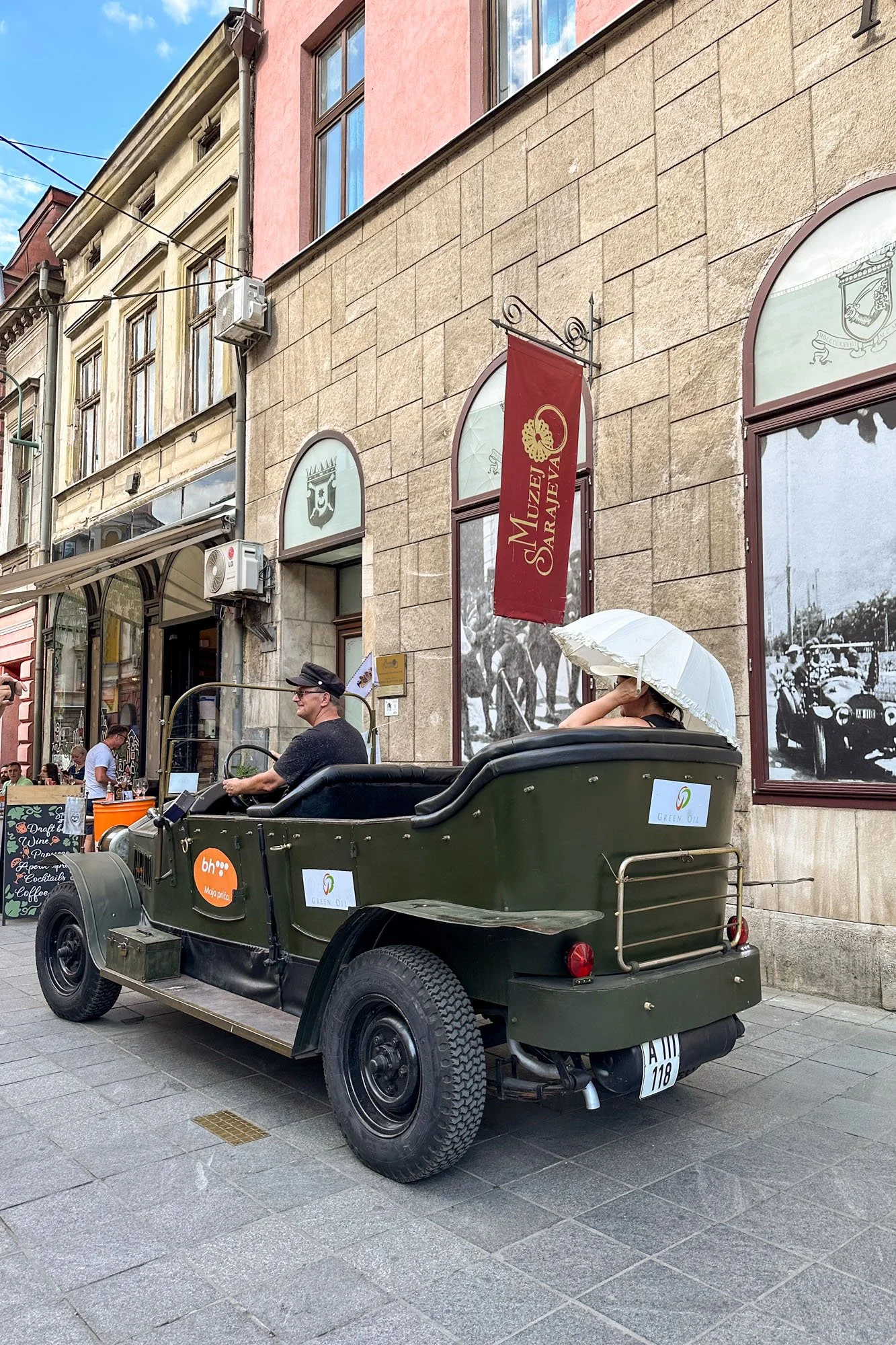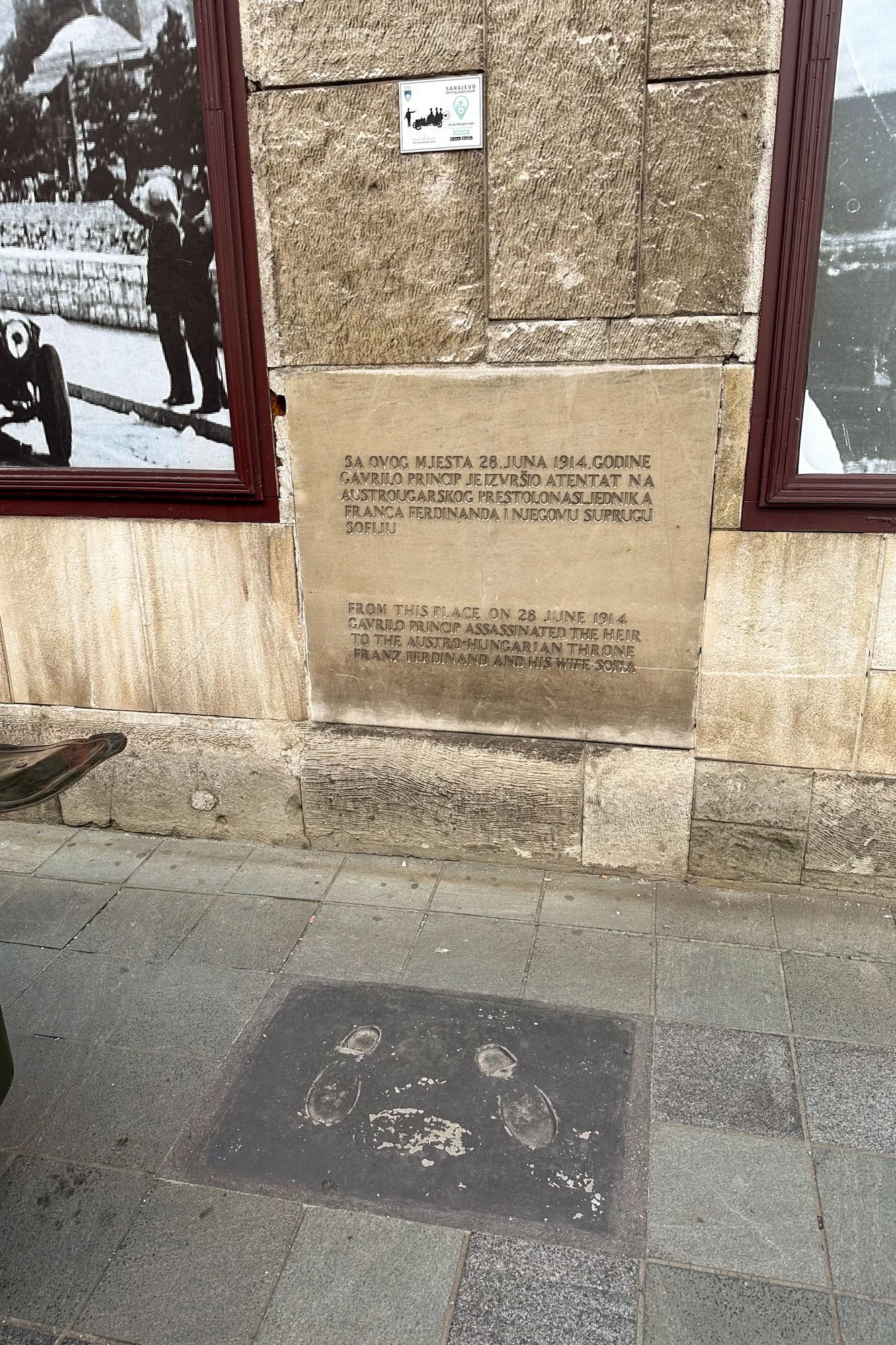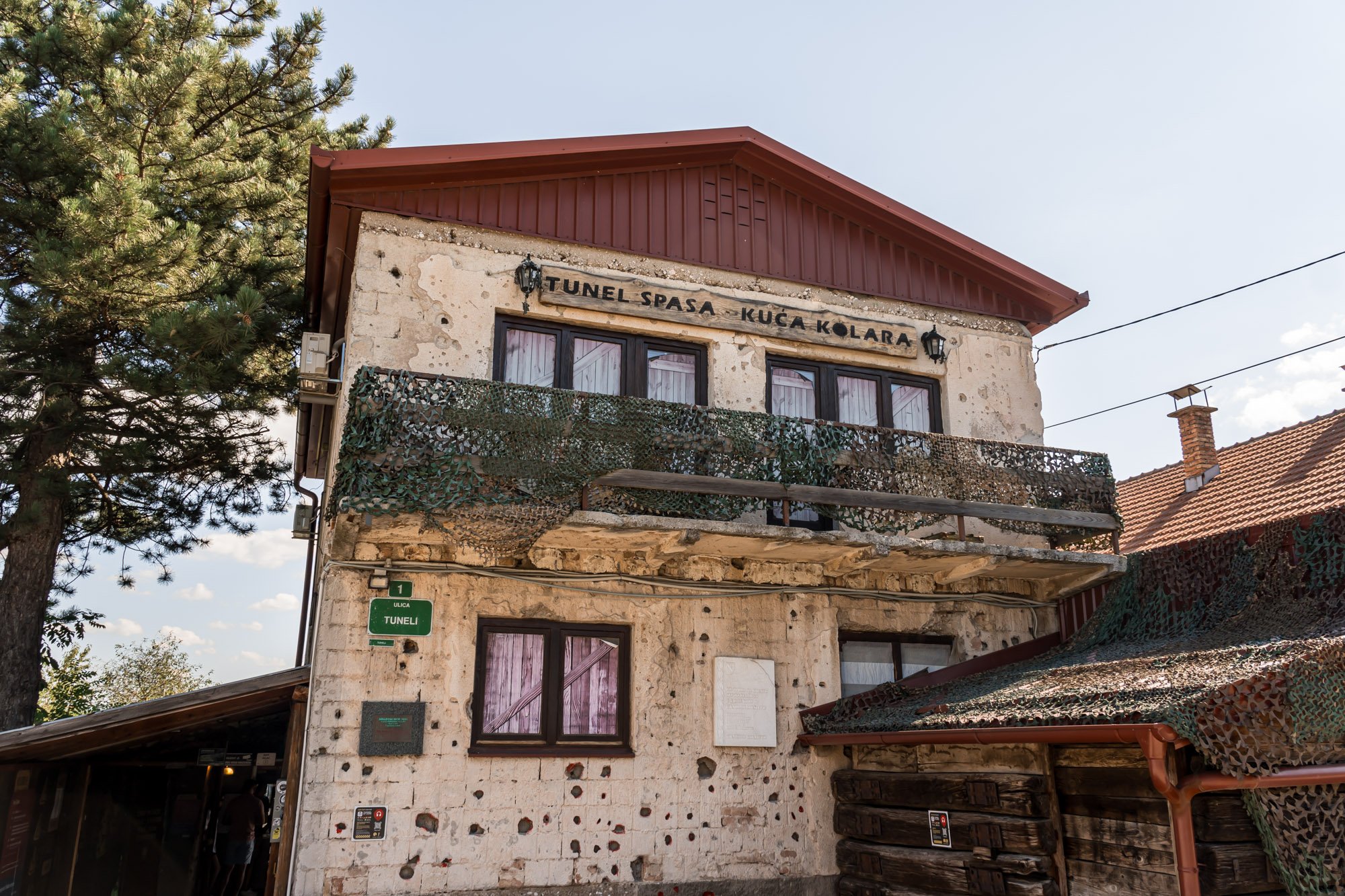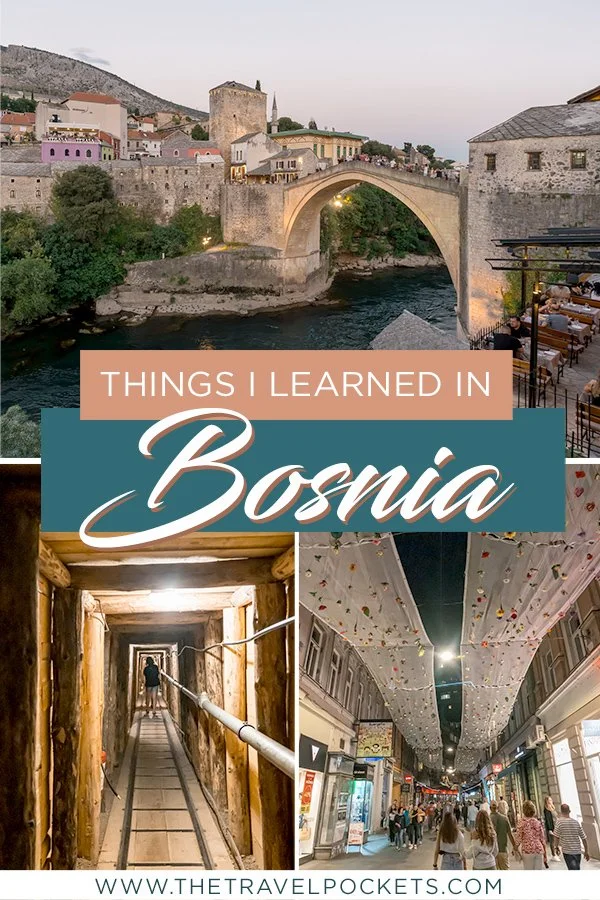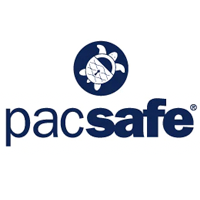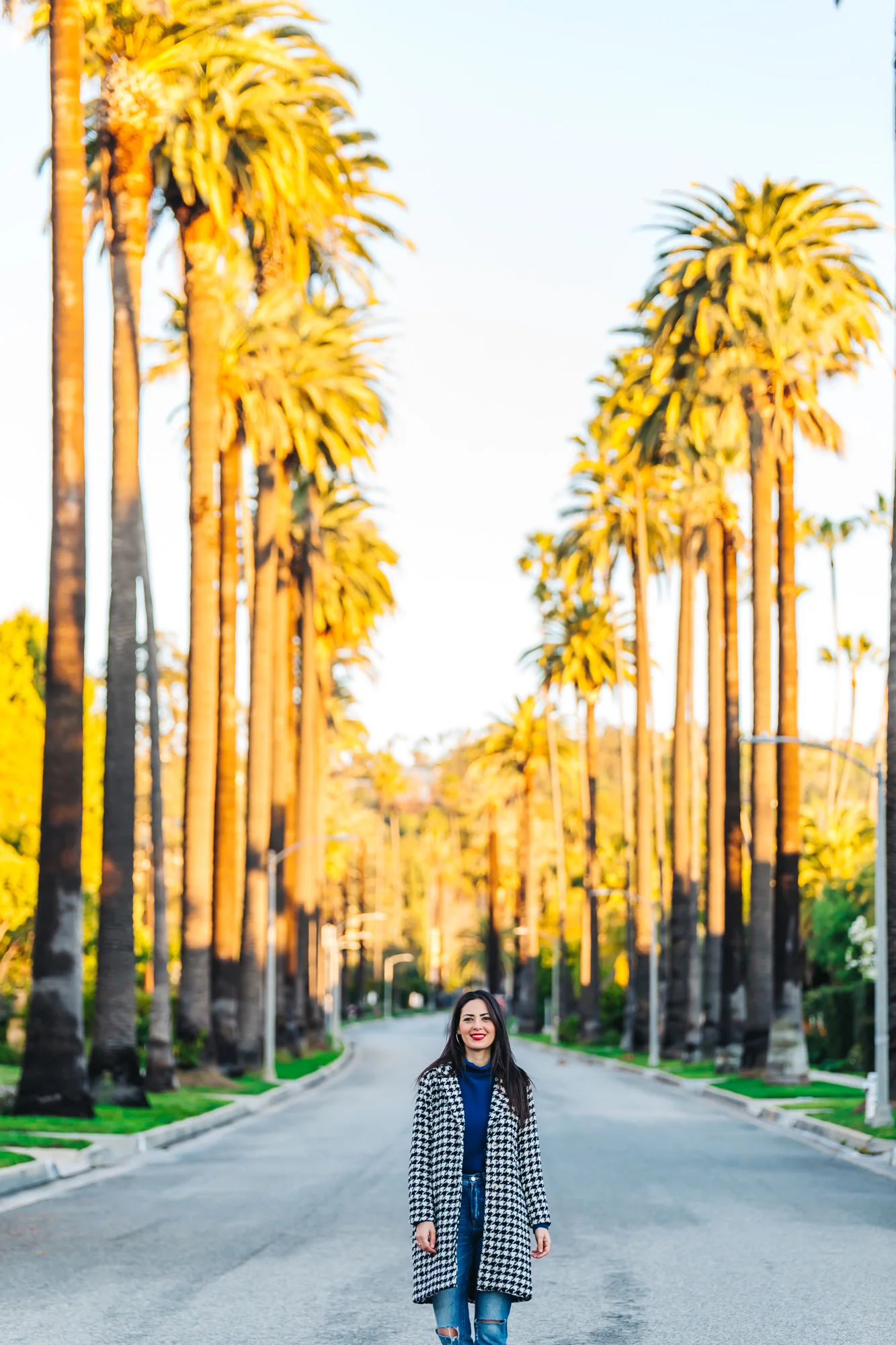My First Experience in Bosnia and Herzegovina: 9 Things I Learned and What To Expect
/This post contains affiliate links, which means that at no additional cost to you if you click on one of the product links, we may earn a commission. As Amazon Associates, we earn from qualifying purchases.
Bosnia and Herzegovina, a charming country nestled between Serbia, Croatia, and Montenegro, boasts a population of over 3 million people. The allure of affordable travel and breathtaking scenery has contributed to a notable surge in tourism in recent years. With its rich history and stunning landscapes, this Balkan gem continues to captivate visitors from around the world.
Little bridge in the charming town of Mostar
During my trip to the Balkans, I visited both Serbia and Bosnia and noticed a lot of similarities between the two countries as they are neighboring countries and used to be one nation years ago, but there are definitely some differences as well.
Here are some things I learned while I was in Bosnia that I thought were interesting, unique, or helpful to know.
1. Bosnia and Herzegovina is Extremely Affordable
Just like Serbia, Bosnia is extremely affordable. In some parts of the country, it’s even more budget-friendly than Serbia. Accommodations and dining are half the cost, or more, than what we’d pay for in the United States or Western Europe.
I was stunned at how incredibly inexpensive it was to stay in a centrally located apartment in both Mostar and Sarajevo. And even more surprised and delighted to find that food was at a low cost as well. There was one market we stopped by on the road and for a whole bag of snacks including chips, biscuits, crackers, etc. it was only 9 BAM, which is about $5 USD.
View from the balcony at the apartment we stayed at in Mostar - central location and very affordable
2. Bosnia and Herzegovina Has 3 Presidents
I was completely taken aback when the tour guide revealed to me that Bosnia and Herzegovina actually has not just one, but three presidents. This stemmed from the Dayton Agreement, which aimed to end the Bosnian War in the 1990s.
Sebilj in Sarajevo built around 1753
Sacred Heart Cathedral in Sarajevo built in 1889
The presidency consists of a member from each of the three constituent peoples, and the chairmanship of the presidency rotates among them every eight months. This system was designed to ensure power-sharing and representation for all three major ethnic groups.
Bosniaks are generally associated with Islam, constituting around 50% of the population. The Serbs, predominantly Orthodox Christians, make up approximately 30% of the population. The remaining 15% is comprised of Catholics, primarily the Croats.
Trebinje, Bosnia
3. Cevapi is Bosnia and Herzegovina’s National Dish
Cevapi, a grilled dish made of minced meat, holds the distinction of being Bosnia and Herzegovina’s national dish and is also served in other European countries. It is typically accompanied by a pita. Having sampled cevapi in various other countries, I can attest that the flavors found in Bosnia truly stand out. For anyone seeking an authentic cevapi experience, Bosnia is undoubtedly the place to be.
Cevapi
4. Bosnia Accepts Two Currencies
The official currency of Bosnia and Herzegovina is the Convertible Mark (BAM), with its symbol being “KM”, derived from “konvertibilna marka”. It was introduced in 1998 to replace the Yugoslav dinar.
In addition to the BAM, Bosnia also accepts the Euro, offering flexibility for travelers. I’m not sure if the country accepts the Euro everywhere but I it was widely accepted in Mostar and Sarajevo with no problems.
Bosnia and Herzegovina currency
5. The Sarajevo Film Festival is the Largest Film Festival in Southern Europe
The Sarajevo Film Festival, known as one of the largest film festivals in Europe, has been a significant cultural event since its founding in Sarajevo in 1995, during the Bosnian War siege. This festival attracts international and local celebrities to Sarajevo every August and offers a diverse selection of feature and short films from around the world.
I happened to be visiting Sarajevo at this time and the city was extremely lively with many visitors celebrating the event. There were even fireworks at night.
Downtown Sarajevo
Sarajevo Film Festival
6. The Tragic Incident in Sarajevo Led to WWI
The assassination of Archduke Franz Ferdinand of Austria-Hungary is commonly believed to have sparked World War I, a conflict that shaped the course of history for years to come.
On June 28, 1914, while visiting Sarajevo, Archduke Franz Ferdinand and his wife, Sophie, were assassinated by a Serbian nationalist named Gavrilo Princip, whose actions set off a chain of events that would lead to a devastating global conflict.
There is a replica of the tour car that carried Archduke Franz Ferdinand and Sophie in front of the museum at the historical street corner in downtown Sarajevo.
Replica of the tour car Franz Ferdinand rode
Spot where Franz Ferdinand was assassinated
7. Bosnia and Herzegovina Is Full of Gorgeous Scenery
I was lucky enough to go on a road trip through Bosnia because my friend, Kathy, is a natural at driving anywhere. As we drove through parts of Bosnia, I was amazed by the landscapes surrounding us. For most of the drive, we had gorgeous views of the mountains and the Neretva River.
Road trip through Bosnia
Aleksin Han Viewpoint
Throughout the majority of our drive, we were treated to magnificent vistas of towering mountains and the glistening waters of the Neretva River. On our drive from Mostar to Sarajevo, we stumbled upon a multitude of charming riverside eateries and couldn't resist pausing at one to bask in the splendor of the panoramic views.
8. Bosnia Is Known For Their Textiles
One of my Bosnian friends told me that Bosnia is known for their textiles and I’m glad she shared that with me because I discovered some beautiful textiles while I was shopping in Mostar and Sarajevo.
Bosnia's exquisite textiles are intricately woven with traditional patterns and vibrant colors, reflecting the rich cultural heritage of the region. Locally handcrafted fabrics and embroidery have become a hallmark of Bosnian artistry, drawing admirers from around the world.
Cute towel sets with soap
Cute towel sets in Sarajevo
9. Learning About the Bosnian War Is a Must
Before my visit, I did not know much about the Bosnian War that happened in the 1990s but I really wanted to know more about it, especially since I was visiting the country. I felt a strong desire to delve into the history and gain a deeper understanding of the impact it had on the nation and its people.
I highly recommend taking the Bosnian War tour as it provides valuable insights into the country's past struggles and the resilience of its people. You'll learn so much more about the war and gain a deeper understanding of the challenges the nation had to surmount. Some enlightening facts I learned were:
At the start of the Bosnian war, civilians had to make their guns as they did not have enough weapons to defend themselves.
The Sarajevo Tunnel, also known as the Tunnel of Hope, was constructed in 1993 during the Siege of Sarajevo amid the Bosnian War. The tunnel was made to provide food, war supplies, and humanitarian aid to come into the city and allow people to get out.
Much of the food provided by the US, NATO, and UN were cans, decades-old with dates and labels from the 1960s and Vietnam War.
An average of 329 mortar shells per day claimed over 11,000 lives in Sarajevo. Thousands of civilians in Bosnia and Herzegovina were targeted in massacres during the siege amid the Bosnian War between 1992 and 1995.
There are still over 200,000 land mines to clear due to the war and as a result, Bosnia and Herzegovina has one of the most severe land mine problems in the world.
Sarajevo war tunnel
Guide showing us the tunnel entry points
Overall Experience
I absolutely treasured my time in Bosnia and Herzegovina, and I am extremely thankful that I had the opportunity to embark on a breathtaking road trip through some of the country's most picturesque locales.
The drive itself was stunning, and it left an indelible impression on me. I hope to come back and explore more of the Herzegovina region on my next visit.
Trying some Bosnian coffee in Mostar
